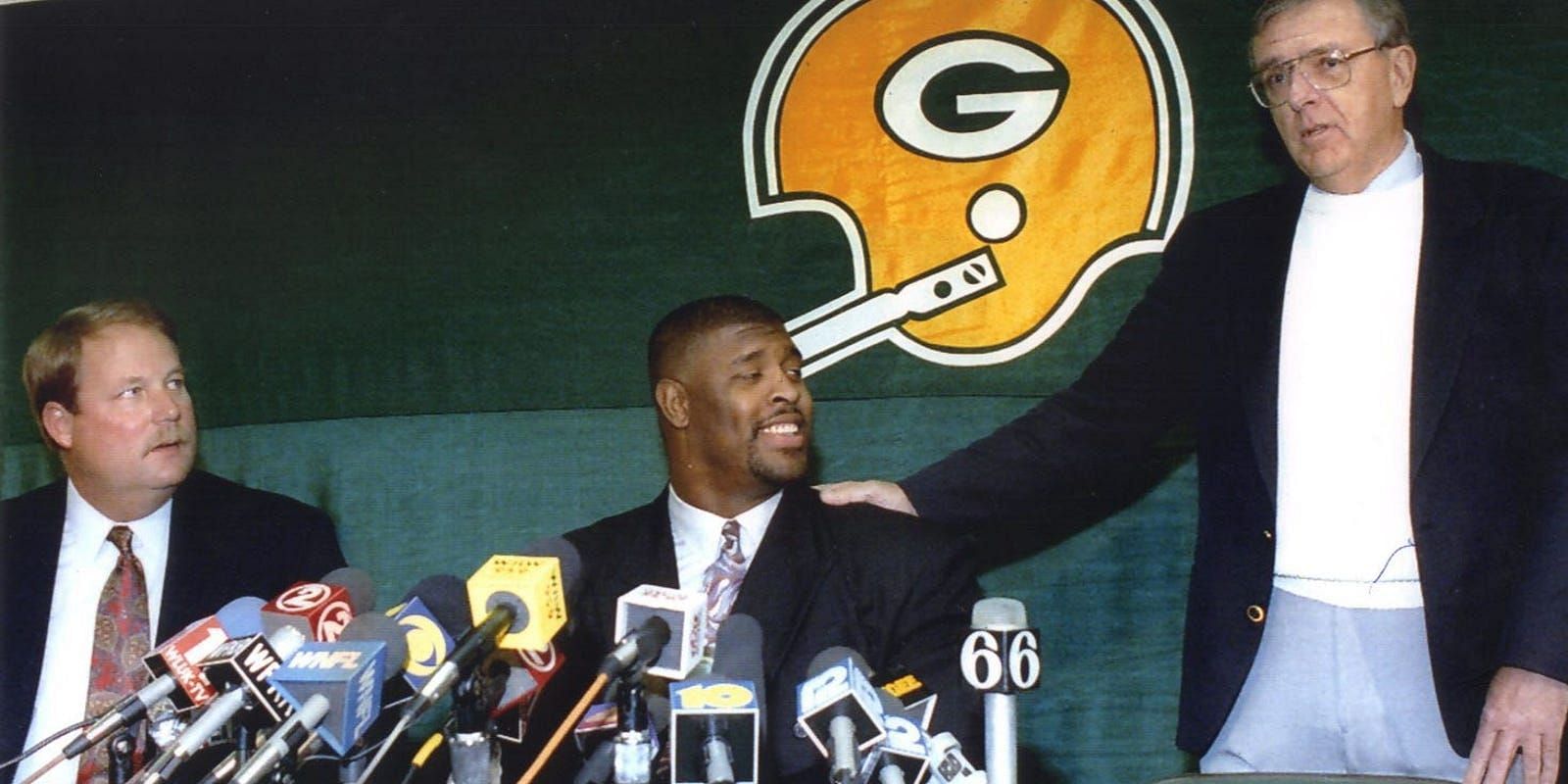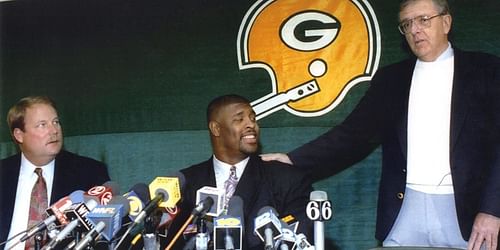
1993 changes the NFL forever with swooping changes to free agency policy

Each year, the beginning of free agency is a time of excitement for all NFL fans. The supporters hope that their team is going to be the one that spends big to attract the best available talent, setting themselves up for a run to the Super Bowl.
It rarely works out that way for most teams, but the hope a good free agency provides is enough to keep fans going through those long summer months.
It's hard to imagine that there was a time, barely 30 years ago, when free agency didn't exist in its current form. In 1993, following legal action from a group of players, an agreement was reached which created the free agent market we have today.
But before we arrived at the 1993 resolution, free agency had taken up many different guises, dating back to 1920.
History of NFL Free Agency
From 1920 until 1946, football adopted the reserve rule. Teams effectively held exclusive rights to a player by signing them to a 12-month rolling contract, which would automatically renew each season.
The financial terms would be unchanged from the year prior. So, unless a player was traded, or retired, they were unable to move teams.
It wasn't until 1947 that we saw the first major overhaul of the free agency process, with the implementation of the 'one year option rule'.
This rule change created the first ever unrestricted free agents, as once a player had completed their contractual obligations, their team could only extend the contract by one year.
After that year was over, the player was free to negotiate with other teams. Needless to say, the owners were not happy with the arrangement, and in 1963, a compensation element known as the Rozelle rule was added.
The NFLPA took the NFL to court in 1976, and argued successfully that Rozelle rule was an unfair restriction on trade. They used that win to gain concessions in the new CBA, and a moderately revised Rozelle rule remained in place.
But the legal precedent was set, and it was only a matter of time before further legal action forced a complete revamp of the system.
It took a further 13 years before that change arrived. Facing multiple anti-trust lawsuits, the league implemented Plan B free agency in the midst of ferocious criticism and threats of further action.
Plan B afforded the owners the ability to protect 75% of their roster, meaning they were still covered by the Rozelle rule. The remaining 25% were free to sign for another team without the need for compensation.
After a couple of false dawns, and NFL lawyers insisting that removing Plan B would kill the league, the White v. NFL court case led to the 'White Settlement', and today's free agency was born, along with the franchise tags and the salary cap.
First players to take advantage
With this newfound freedom, players could now auction their services to the highest bidder. The first man to benefit was Reggie White, the person at the center of the court action which brought about the change.
White, who was drafted by the Eagles in 1985, and by 1993 was a six-time All-Pro and one-time defensive player of the year, signed a $17 million contract with the Green Bay Packers.
White would go on to enjoy a second Hall of Fame worthy career with the Packers, playing for six seasons and becoming their all-time sack leader with 68.5 sacks, and capturing a second DPOY and winning Super Bowl XXXI.
The arrival of free agency caused mass hysteria for the franchise owners, with the uncertainty of how this would impact them. As a result, multiple quarterbacks either signed new deals or were on the move. By far, the highest profile was of Vinny Testaverde.
After starting for the Tampa Bay Bucanners for five seasons, Testaverde was a free agent signing for the Cleveland Browns. There, he enjoyed the most successful season of his career so far, leading the Browns into the playoffs, and defeating the New England Patriots in the wildcard round before losing out to the Steelers.
He would spend three seasons in Cleveland before going onto even greater success with the New York Jets.
Multiple Hall of Famers were also on the move in 1993, including Ronnie Lott, Eric Dickerson, and Marcus Allen. Allen endured a miserable final season with the Raiders as a result of bust-ups with owner Al Davis.
Having run down his contract, the new rules finally offered him an escape route, which he gladly took, landing with the Kansas City Chiefs.
Once in KC, he returned to nearer the form that had previously seen him named Offensive Player of the Year and Super Bowl MVP. During his first season with his new team, he scored 12 touchdowns and was named Comeback Player of the Year, as the Chiefs made it all the way to the AFC Championship game.
He would go on to spend five seasons with the team, maintaining consistent returns before hanging up his cleats in 1997.
The introduction of the new free agency rules in 1993 did not destroy the league, as many within the NFL top brass had claimed. What it did was create a better balance of power between the players and owners.
This allowed the players to be rewarded fairly for their achievements. For over 70 years, before the implementation of the White settlement, players had little say over their careers, and were treated as possessions by team owners.
While many believe there is still an imbalance, today's NFL is a far cry from what it was prior to 1993. Players today are now signing fully guaranteed $50 million a year contracts, and they would do well to remember the scarifices made by those who fought the league, tooth and nail, over three decades to help create a fairer NFL.